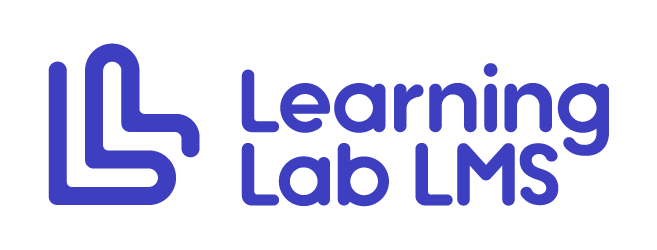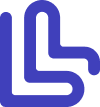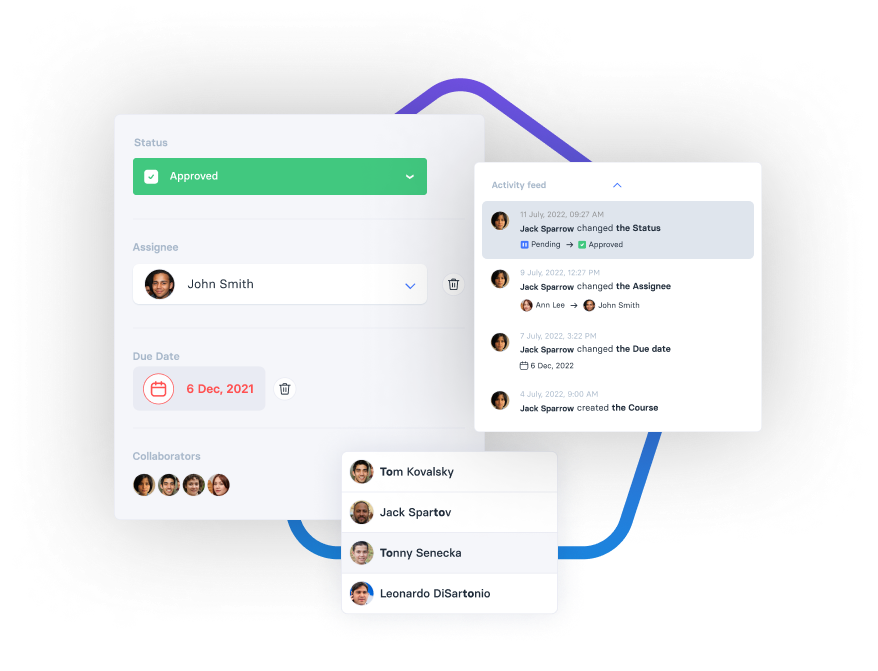How to Design an Engaging Medical Training
Introduction: How to Design an Engaging Medical Training Program
Designing an engaging medical online training program is a multifaceted task that requires a deep understanding of both general learning principles and the unique characteristics of online education.
Firstly, understanding how people learn, in general, is crucial. Learning theories such as constructivism, behaviourism, and cognitivism provide insights into how learners absorb, process, and retain information. These theories can guide the structuring of content and the choice of teaching methods to suit diverse learning styles and preferences.
Secondly, the online environment presents unique challenges and opportunities. Learners are more autonomous but may also feel isolated. The design must, therefore, facilitate engagement and interactivity to maintain motivation and promote a sense of community. This is where the knowledge of online tools comes into play.
Learning Experience Platforms (LXPs) and Learning Management Systems (LMS) are powerful tools in the arsenal of online education. An LXP focuses on delivering a personalized learning experience, using AI and data analytics to recommend content, track progress, and adapt to individual learner needs. Meanwhile, an LMS provides a structured environment for course delivery, allowing for the management of educational content, assessment, and tracking of learner progress.
This article will explore two particularly effective strategies for online medical training:
activity-based learning and video-based learning.
Activity-based learning involves interactive tasks and real-world scenarios that encourage learners to apply their knowledge practically.
This approach is highly effective in medical training, where hands-on skills are essential.
Video-based learning, on the other hand, leverages the power of visual storytelling to simplify complex concepts, demonstrate procedures, and provide engaging and memorable content.
Benefits of activity-based learning for online medical training
Activity-based learning offers substantial benefits for online medical training, addressing both the cognitive and practical dimensions of medical education. This approach centres around engaging learners in hands-on, interactive activities that mimic real-world medical scenarios.
By doing so, it bridges the gap between theoretical knowledge and practical application, a crucial aspect in medical training.
Activity-based learning fosters deeper understanding as learners actively participate in:
problem-solving,
case studies,
and simulations…
Leading to better retention of information.
This method encourages critical thinking and decision-making skills, vital for medical professionals who often face complex and unpredictable situations.
It accommodates diverse learning styles, allowing learners to engage with material in a way that best suits their individual learning preferences.
In the online setting, activity-based learning can be facilitated through virtual labs, interactive case discussions, and realistic simulations, providing an immersive and dynamic learning experience that is both flexible and accessible.
This approach not only enhances learner engagement and satisfaction but also prepares future medical professionals for the realities of clinical practice, ensuring they are well-equipped with the necessary skills and knowledge to excel in their field.
Micro and Nano Learning
One of the pillars of an engaging medical training program is the incorporation of micro and nano learning, a strategy particularly relevant in an era of diminishing attention spans.
Microlearning involves short, focused modules that deliver precise and concise information, making it an ideal approach for the fast-paced medical field.
These bite-sized learning units allow medical professionals to efficiently absorb complex topics without feeling overwhelmed. Nano learning, an even more condensed form of microlearning, offers quick insights or knowledge in a matter of minutes, catering to the immediate needs of learners.
By breaking down extensive medical content into these manageable portions, the learning process becomes more digestible, significantly enhancing retention and understanding.
This approach also aligns perfectly with the busy schedules of medical professionals, offering the flexibility to learn at their own pace and in shorter intervals.
Whether it's refreshing knowledge, learning a new procedure, or understanding a complex medical concept, micro and nano learning make continuous education more accessible and practical, fitting seamlessly into the demanding lifestyle of healthcare workers.
This modularity in learning not only caters to the current digital age but also empowers medical professionals to stay abreast of the latest developments in their field with greater ease and efficiency.
Audio and Video-Based Learning
Incorporating audio and video elements into medical education represents a dynamic and effective teaching strategy.
The use of visual and auditory stimuli significantly boosts understanding and memory retention, effectively simplifying complex medical theories and practices.
Through the use of educational videos, interactive animations, and auditory lectures, traditional content is revitalised into an immersive, multimedia learning experience.
This method not only aids in the comprehension of intricate medical topics but also ensures that learners are able to recall critical information more vividly and accurately.
Such a multimedia approach transforms the learning process into a more engaging and memorable journey, enhancing the overall educational experience in the medical field.
Formats:
Video Quiz
Interactive video
Video Assessment
Video Coach
Podcast
Interview
Discussions
Webinars
Question: Authoring Tool VS SCORM
Utilising authoring tools in tandem with SCORM (Sharable Content Object Reference Model) significantly enhances the development and delivery of medical training content.
This combination simplifies the process of content creation, making it more accessible for educators and subject matter experts, even those with limited technical skills.
Interactive elements like quizzes, simulations, and multimedia integrations are easily incorporated, creating a more engaging and immersive learning experience for medical professionals.
The flexibility afforded by authoring tools, coupled with SCORM, allows for the customization of training materials. This ensures that content is specifically tailored to the unique needs and roles of medical professionals, aligning with the ever-changing demands of the healthcare industry.
The adoption of SCORM standards streamlines the packaging, distribution, and tracking of educational content within Learning Management Systems (LMS).
This integration facilitates effortless content deployment and enables thorough monitoring of learner progress, significantly enhancing the effectiveness and efficiency of training programs in the healthcare sector.
Scenario-based Learning
Medical professionals excel when they can translate theoretical knowledge into practical application in real-life contexts.
Scenario-based learning immerses learners in simulated clinical settings, where they can exercise decision-making, evaluate outcomes, and learn from errors in a risk-free environment.
This method of learning cultivates critical thinking and problem-solving abilities, equipping medical practitioners with the necessary skills to navigate various clinical situations with competence and confidence.
These realistic and immersive training experiences are crucial in preparing medical professionals to effectively handle the complexities and challenges of real-world medical practice.
Instructor-led Training
Despite the importance of technology in modern education, instructor-led training continues to play a pivotal role in medical education.
Experienced instructors are invaluable for their ability to guide, stimulate discussions, and respond to learners' questions effectively.
By integrating:
live lectures,
interactive webinars,
and virtual classroom sessions,
a harmonious blend of traditional teaching expertise and modern educational methods is achieved.
This combination offers a comprehensive and balanced learning experience, ensuring that medical professionals receive the best of both worlds in their educational journey.
Social and Peer-to-Peer Learning
Medical training extends beyond personal achievement and encompasses the development of effective teamwork skills.
Promoting social learning and peer interactions enhances collaboration, improves communication, and facilitates the exchange of experiences among learners.
Through learning platforms such as:
discussion forums,
online communities,
and collaborative group projects…
Medical professionals have the opportunity to learn from their peers, acquire new insights, and establish a network of support within the healthcare community.
This collective approach to learning not only enriches the educational experience but also fosters a sense of camaraderie and mutual growth among medical practitioners.
Blended Learning and Synchronous Sessions
Blended learning, combining online digital media with traditional classroom methods, is revolutionising medical training.
It offers a flexible and efficient approach, integrating the best of both worlds: the convenience and accessibility of online resources, and the interactive, personal touch of face-to-face instruction.
Synchronous sessions, a key component of this model, involve real-time, instructor-led classes conducted via video conferencing tools. These live sessions allow for immediate feedback, real-time collaboration, and active participation, closely mimicking the traditional classroom experience.
For medical trainees, this blend of asynchronous learning (like self-paced online modules) and synchronous interactions (such as live discussions and virtual simulations) creates a dynamic and holistic learning environment.
This approach caters to different learning styles, promotes deeper engagement with the material, and allows for the practical application of theoretical knowledge in simulated environments.
By leveraging the strengths of both online and offline methodologies, blended learning with synchronous sessions ensures a comprehensive, flexible, and interactive educational experience for future healthcare professionals.
Conclusion
Creating an engaging online medical training module is an intricate balance of art and science.
It necessitates a fusion of advanced educational methodologies, a deep comprehension of the medical professionals as the target audience, and the effective use of appropriate technological tools.
By thoughtfully integrating these elements, you can develop an online medical training program that not only educates healthcare practitioners but also captures their interest and attention.
This approach ensures that the training is not just informative but also compelling and relevant to the practical needs and challenges faced by medical professionals in their daily practice.






